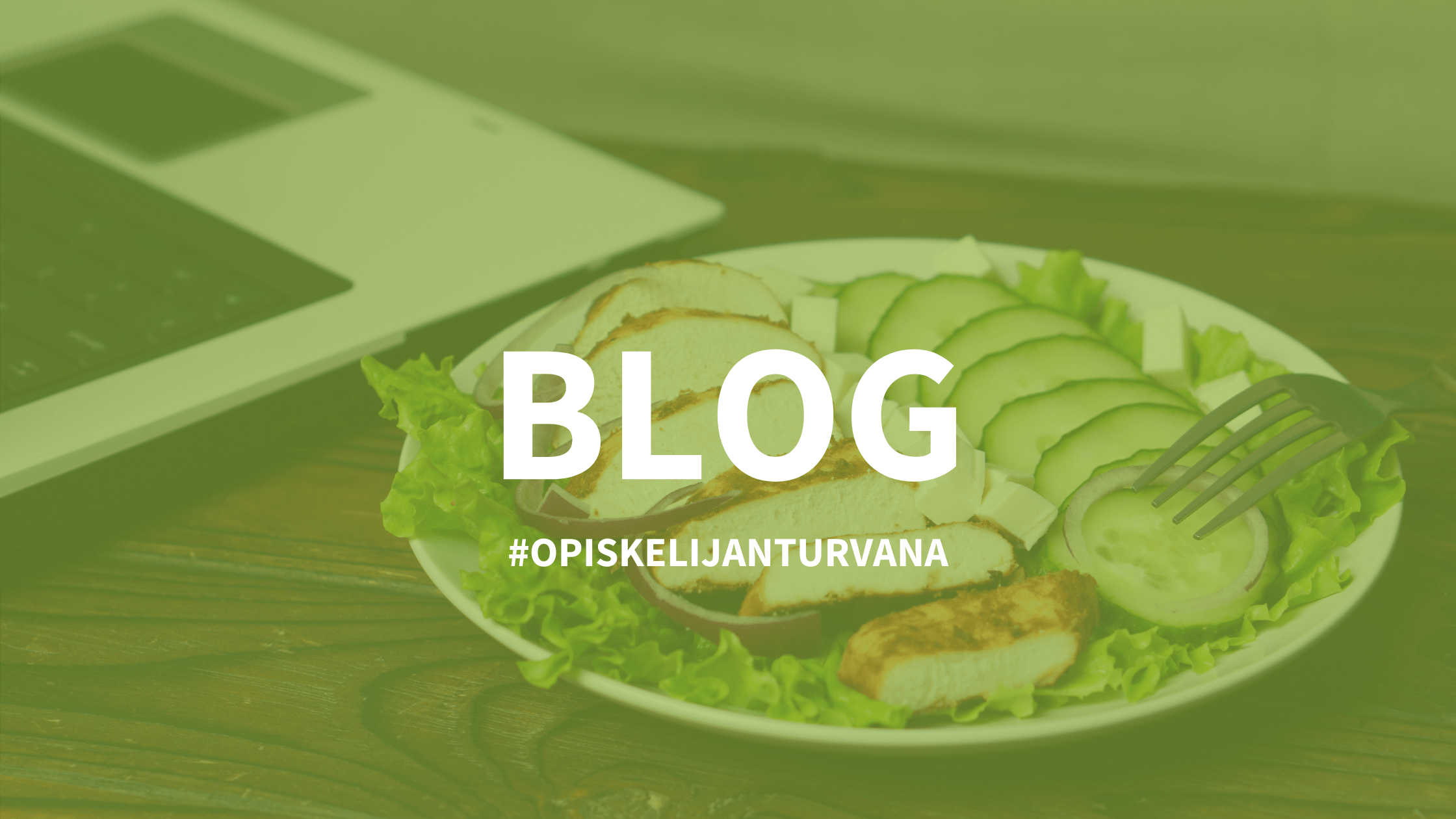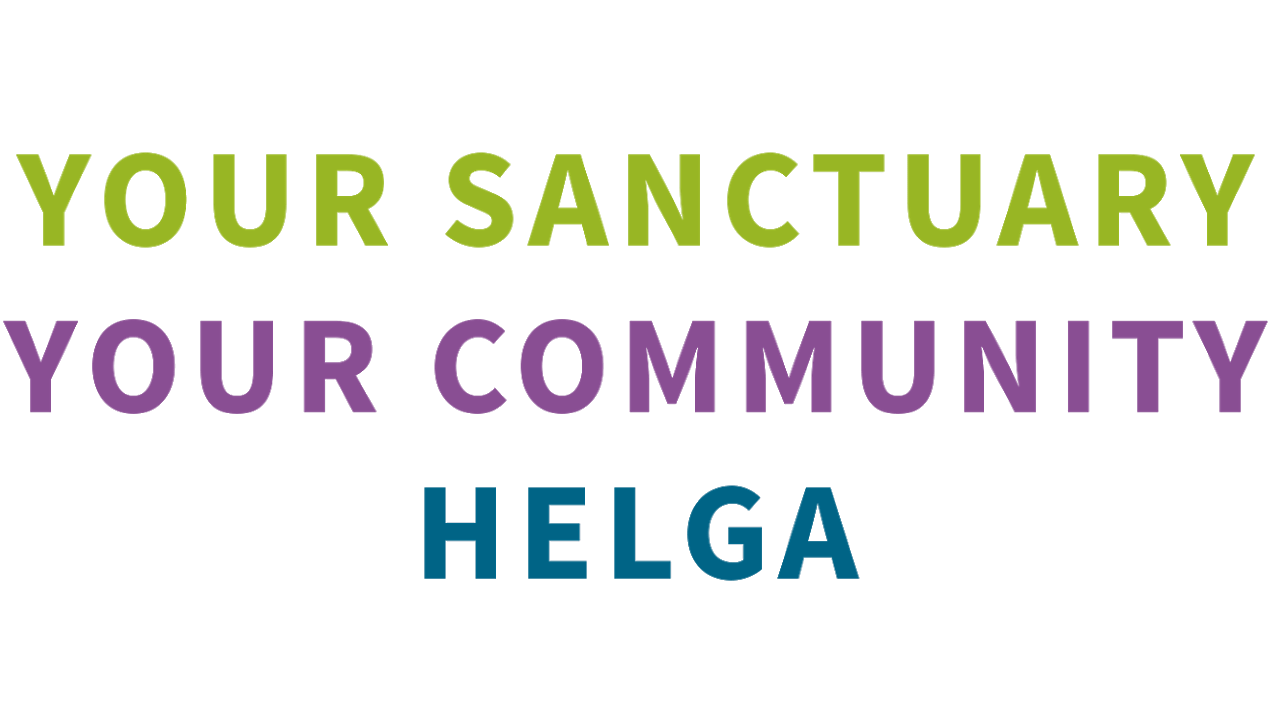The following blog text about remote studying in Haaga-Helia was written by food production teachers Sakari Ketolainen and Jari Karjalainen. The blog text was written during fall 2020.
“In March 2020, Haaga-Helia switched to distance learning due to the corona. Transition to distance teaching and learning took place at a rapid pace. In March at the Haaga campus the second week of the Resto 2020 competitions was held, and the campus was full of people. This just happened a moment before Corona affected everyone’s day to day life. I was with my team running the competition’s food service. During the gala dinner everything went great, so it will be remembered because of that, but still people will also remember it as the last dinner experience in Haaga “during the old days”.
The following week, there were plans for the groups to carry out the Heart Symbol meal they planned as a course assignment in the teaching kitchen. The raw materials had already been ordered. Then the campuses were closed, so the teaching kitchen activities switched to more theoretical distance learning. All the plans for organizing the teaching had to be redesigned. The teaching kitchen is an important environment for the teacher of food production, and food production is a very practical and concrete thing to do. Which is why the change felt very big. There were a lot of questions in my mind at the time about how the unique learning environment of the teaching kitchen could be simulated in Zoom. Fortunately, there is also a lot of content involved in food production management that can be viewed from a theoretical perspective. That’s when the idea arose that everyone could possibly do food production exercises in their own home kitchen? I noticed that there was no need to reinvent the wheel, but then there was a need for a few extra gears. The exchange students ’videos of baking potato bread in Colombia and baking cinnamon buns in France greatly delighted the students. This gave faith that food production can also be learned remotely.
In the autumn semester of 2020, teaching was organized using a hybrid model. Some of the courses were also implemented entirely remotely in the autumn, but in return, for example, the course Food Production Processes was implemented entirely in contact teaching. The hybrid model enables the planning and rhythm of teaching so that we also get to the teaching kitchen as much as possible. We had two weeks in the teaching kitchen with the students who started food production management in the fall, and from the beginning of November until Christmas, the students implemented their food production projects in pop-up style on campus. Good food hygiene and careful work are always central to food production, so there are good starting points for safe and healthy work. We reduced the group sizes in the teaching kitchen to make the safety gaps more realistic. There is also a strong mask recommendation when working in the kitchen.
Helsingin Sanomat reported on 2nd of November on the impact of spring’s exceptional teaching arrangements on university operations, you can access the article here. The study was conducted by the Finnish Education Evaluation Center.
Based on preliminary results, exceptional teaching arrangements do not appear to have slowed down students ’degrees. In a survey conducted by universities, students experienced that the challenge is to take courses that require special equipment, as well as to complete internships and final theses. Challenges were also experienced in community spirit, study motivation, and self-direction. Universities staff have experienced remote working positively, and that the transition to it has been successful. (Helsingin Sanomat 2020.)
According to the preliminary results of the survey, students had found it challenging to complete demanding courses that required special equipment. For example, the teaching kitchen has a lot of machines and equipment for professional cooking, and we also deal with rare and valuable raw materials when teaching. In these respects, one can speak of a small challenge in going through the contents in Zoom and the home kitchen. Transferring the same study content as such is not appropriate in our current situation. New solutions enable the development of activities and the creation of new ones, which, of course, does not happen in the blink of an eye. Teachers and students have taken a digital leap instead of a small digital jump, and activities are evolving for the better. The challenges regarding community spirit and self-direction mentioned in the preliminary research results are understandable. I’ve noticed the same phenomenon during discussions with students and on the feedback received from them.
The above mentioned things certainly have an effect on motivation as well. These also affect the teacher’s work, as Zoom lectures have a different way of interacting than in a classroom or teaching kitchen. It would be particularly important to consider how each person involved in the learning process could contribute to community spirit and self-direction. Or how to be motivated in the midst of challenging times? Students and teachers are in the same boat regarding the situation. Everyone’s ability to adapt and patience is tested, but that’s when we always learn something new.
The good thing about this is definitely that everyone gets to learn something new. I feel that the transition to remote working has gone well and I’m able to react quickly to changes. The daily life of a teacher has changed a lot. I’ve changed and upgraded my job, which has been very instructive. Major changes also bring development ”.


